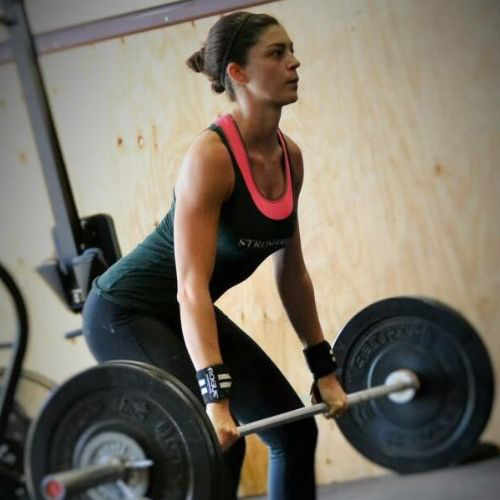- Plyometric training consists of exercises that incorporate a lot of explosive hopping or jumping.
- Every single football player needs powerful legs in order to survive out on the field.
- Using a foam roller is great to relax nerves and loosen up the muscles.
- Explosive movements are a necessary part of the game and plyometric movements train the muscles, joints, tendons, and the central nervous system to respond effectively.
Football is one of the most physically demanding sports in the world. Players need to be in great shape in order to stand any chance against the opposition.
Since every position is so different, there are some exercises that might not make sense for a quarterback, but make a lot of sense for a lineman. With that said, some movements benefit football players regardless of what position they play. Plyometric exercises, exercises that incorporate a lot of explosive hopping or jumping, benefit every single position on the field.
The plyometric exercises listed below are some of the best plyometric movements for football players.
Of course, you don’t have to be in the NFL to exercise with football in mind, because this kind of training helps develop exercisers into overall athletes. If a person were to compare the NBA to the NFL based on offseason exercises, there would be a lot of overlap. This same idea goes for nearly any other sport.
To get the most out of your athletic goals, sign up for an Exercise.com PRO plan for access to expert advice, training programs, and more.
Three Hurdle Drill
The three hurdle drill is a drill that works on lateral quickness and the ability to change direction quickly. Set up is easy: there must be three hurdles that are anywhere from 6 to 8 inches tall. Go from side to side, quick-stepping laterally over the three hurdles. Do this for 30 seconds or a minute at a time, and rest in between.
See the video below for a visual demonstration:
Expect a little bit of soreness after this exercise. It really opens up the legs and builds muscle, while simultaneously stretching the legs out to add flexibility.
Squat Jump
This is one of the easiest exercises for football players to start doing. This movement works for a lot of other sports as well, as it targets the hips, knees, and ankles. To do squat jumps, squat with proper form, holding the position slightly before jumping high.
Every time a person lands, they should be landing in a squat position. Usually, 10 to 15 reps at a time will be sufficient. See the video below for information on proper squat jump form:
Lateral Jumps
Every single football player needs powerful legs in order to survive out on the field. A lateral jump is a simple exercise, but it really stresses building power in the legs and allowing for a full range of mobility.
To do this exercise, start with both feet on the ground. Alternate between the right leg and the left leg to explode forward, landing on the opposite leg. Do both sides between 5-10 times each to really feel the burn.
See the demo video below for a visual representation:
Ankle Jumping
Not a lot of football players understand the importance of ankle flexibility and how it relates to success on the field. However, this is extremely important, since ankle injuries are so prevalent in football.
Ankle jumps are pretty similar to other jumping exercises but focus on building muscle and increasing flexibility in the ankles. To perform ankle jumps, jump off the feet and extend the ankles as much as possible during each jump. These are shorter jumps, putting more stress on the ankles and making them do most of the hard work.
See the video below for a visual demo:
Foam Roll
Finally, foam rolling is not a plyometric exercise, but it is a great recovery tool for people at the beginning or end of a workout. Football players put their muscles through a lot of stress, so using a foam roller is great to relax nerves and loosen up the muscles. It’s important to exercise and give the muscles a great workout, but it is also important to take proper care so that the body recovers.
Check out this article, as well as the video below, for different foam rolling variations:
Final Thoughts on Football Exercises
Not all exercises need to take place on the football field. Sometimes, a gym is sufficient enough for any person to get to where they want to be. Plyometric training is as important as any other exercise, even if it never includes touching a football or stepping onto a football field. It becomes even more important when you are training for participation in the sport of football.
Explosive movements are a necessary part of the game and plyometric movements train the muscles, joints, tendons, and the central nervous system to respond effectively, without injury, when faced with abrupt, explosive movements.
Finding the right exercise routine to supplement your athletic goals is important. Check out our Pro Annual Plan today to see how we can help you stay motivated, focused, and fit for your sport all year long!

